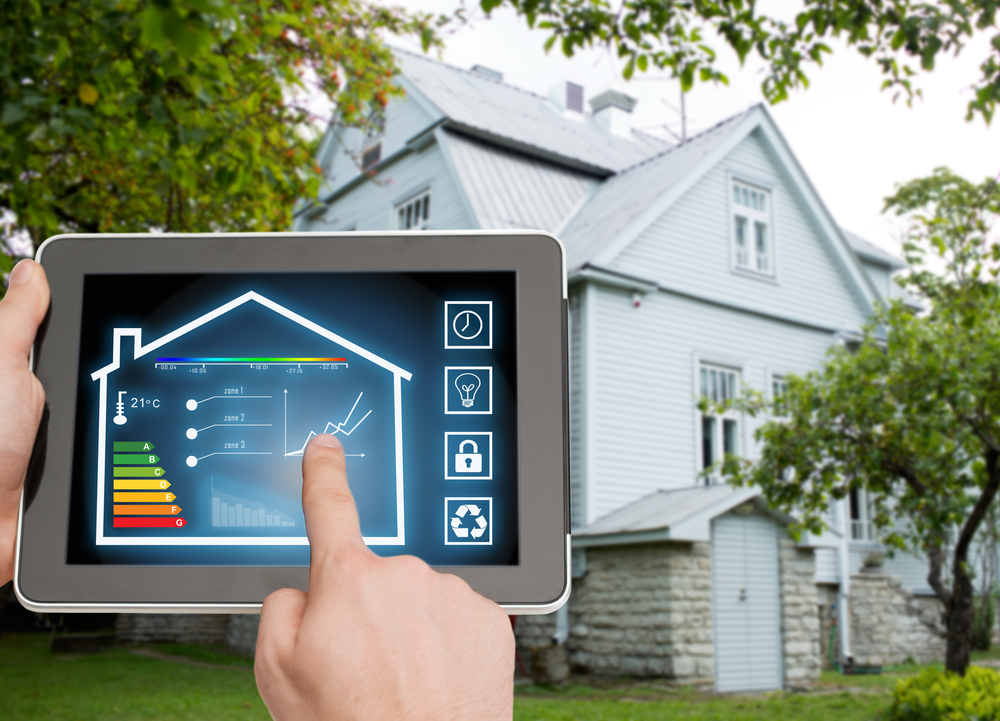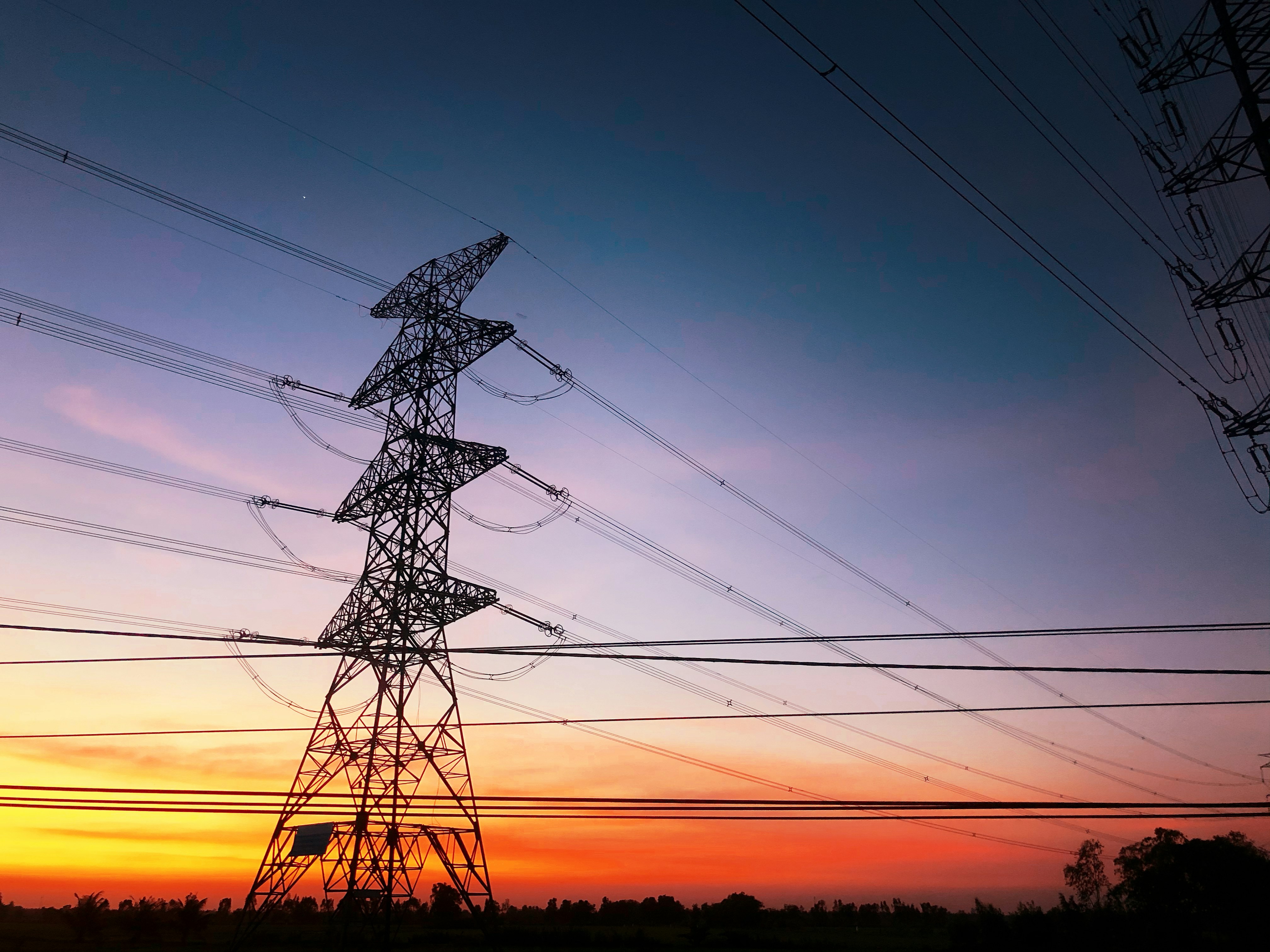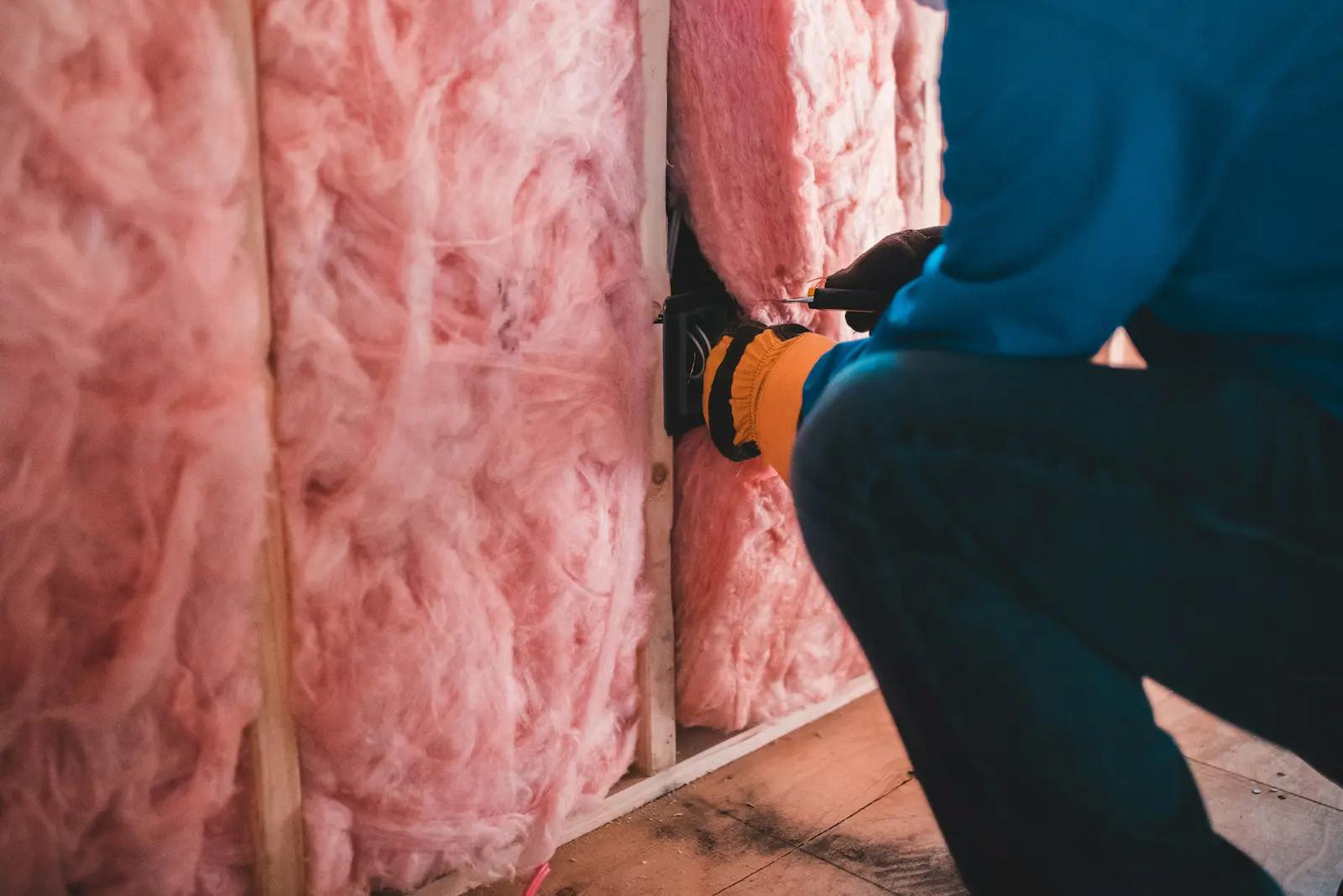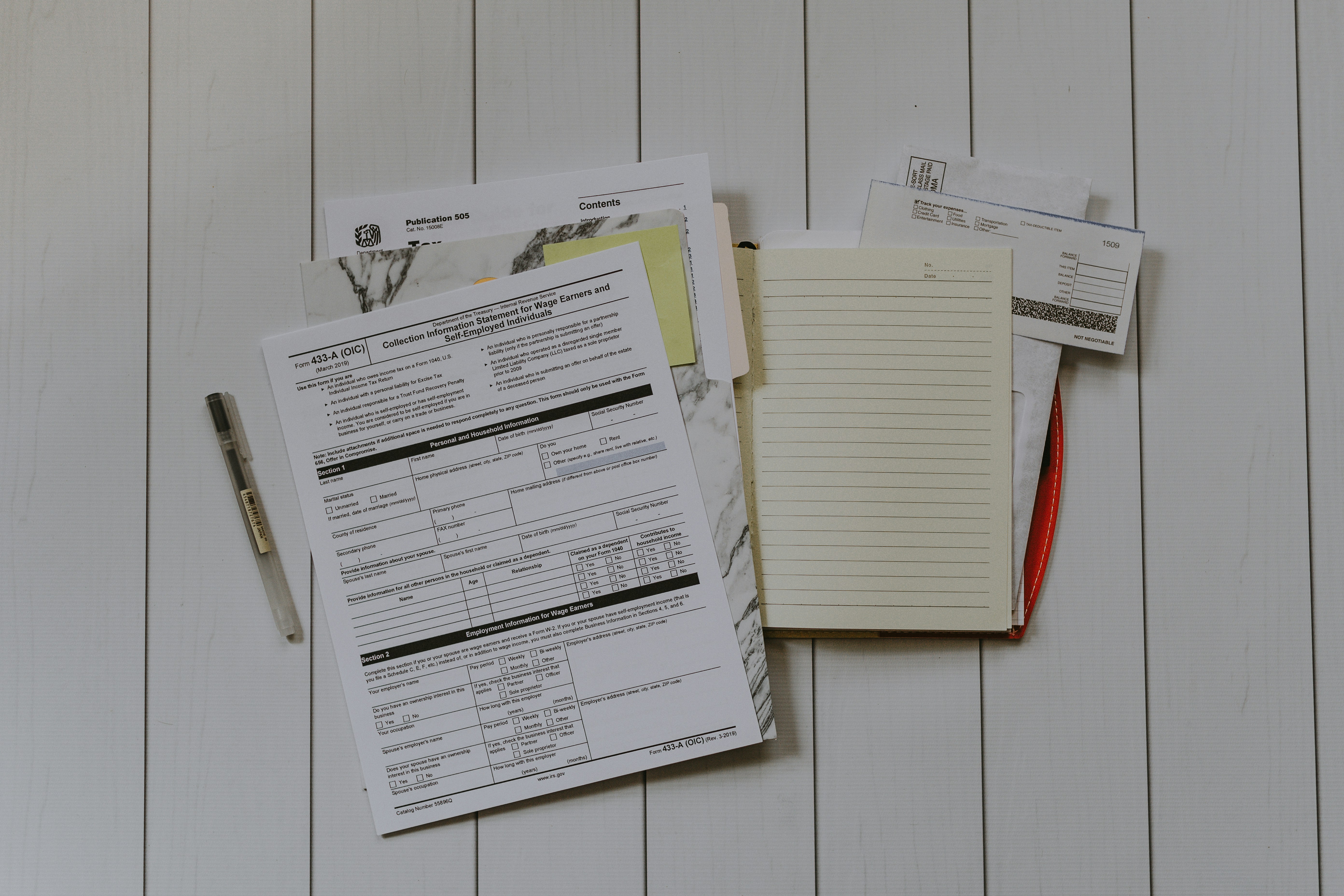Upgrade Your Home's Energy Efficiency with a Whole-House Approach
Let's Save Energy
Alliance to Save Energy's Blog

Guest blog post written by Derek Markham.
A new year is the perfect time to increase the energy efficiency of our homes — not just to save money (although that is a great reason), but also to lower our energy consumption and reduce our carbon footprint. While we all like to save money on our living expenses, it's imperative we take steps to realize a more sustainable energy ecosystem. The journey to more earth-friendly and affordable energy begins at home.
Broaden Your View of Your Home
While purchasing more energy-efficient versions of appliances or electronics we already own provides benefits, approaching energy efficiency one device at a time doesn't take into account the many other factors that can affect a home's energy usage.
Looking at home energy efficiency through a wider lens allows you to view your entire house as an interrelated and interdependent system. This whole-house efficiency approach offers a substantial impact on your energy budget and carbon footprint.
A whole-house efficiency approach recognizes the energy interactions throughout the entire home, and acknowledges that deficiencies or inefficiencies in one element of the home can lead to increased energy demand and waste. For example, drafty doors and windows will continue to pull heat from a home, regardless of how efficient a furnace is. And while a more efficient heat source can help reduce energy bills, reducing drafts and eliminating heat loss will have a considerable effect on your budget and comfort level inside the home.
Establish a Baseline
First, you want to find your home's baseline for energy consumption. Your baseline is the minimum energy demand (including both electricity and gas and/or other energy sources, if applicable) for your home before you take efficiency measures. You'll use this number as a benchmark to measure your efficiency improvements from. Find the baseline by examining your home's energy bills for an entire year and finding the months with the lowest electricity demand and gas demand.
Identify Waste and Inefficiency
The next step of a whole-house efficiency approach is to reduce unnecessary energy demand. This can be accomplished in a number of ways that aren't related to upgrading our appliances and gadgets; rather, the idea is to identify where there's waste and inefficiency. You can hire a professional to perform a home energy audit, or you can do it yourself — the Department of Energy offers guidelines on how to perform a DIY audit.
Start Making Improvements
Once the waste and inefficiencies in the home are identified, you'll start performing individual tasks and replacing specific appliances to reduce energy consumption. This will then have more of an impact on the overall energy budget of the home.
Examine the home's openings. One of the biggest areas for energy efficiency improvements are the openings in the home's envelope, such as doors and windows. These areas can essentially bleed out heat (or cool air in the summer) through cracks and leaky closures. Green Living Ideas explains how to seal up drafty windows and doors.
Add insulation. The walls and ceiling are two more big areas for heat loss. While adding more insulation to the walls of an existing home is not a small task, adding another layer of insulation to the ceiling is a fairly straightforward task, as is sealing off any air leaks around electrical outlets and switches. Energy Vanguard demonstrates how much air can leak around these two small areas.
Look at the heating and cooling system. The home's existing heating and cooling system is another potential area for improvement, both through regular maintenance tasks (changing filters, cleaning or checking the ducts, etc.) and by increasing its efficiency. Energy Star discusses the importance of duct sealing to reduce overall heating and cooling losses.
Replace windows. Replacing existing windows with double-paned energy-efficient models — while requiring a bit of an investment — is another effective method of reducing heat and cooling loss while reducing the amount of heat gain from direct sunlight, both of which can contribute to lower energy demand and increased savings.
Upgrade the lighting. Lighting in the home can be another related area for improvement, which can be addressed by either adding natural lighting to the home (such as with a skylight or additional windows), or by replacing conventional lights with LEDs or other low-power lighting solutions.
HVAC. Upgrading to a more efficient model of a home's furnace and air conditioning (HVAC) unit is another investment worth making once a home's energy losses are addressed, as is an energy-efficient water heater, as well as the installation of ceiling fans for increased circulation in both winter and summer.
Upgrade appliances. These home upgrades can be followed by other appliance upgrades, such as replacing the stove, refrigerator, or home entertainment devices. While none of these alone is a one-size-fits-all solution, they can each complement the entire home's energy system and reduce demand.
Participate in a Community Solar Program
Once your home's energy efficiency issues have been addressed, you can save additional energy by participating in a community solar program. In such an arrangement, you own part of a local solar garden and receive credits on your electric bill for the power that's produced there. Clean Energy Collective offers more information about community solar programs.
A whole-house efficiency approach requires a fair amount of effort and planning, but it's a vital part of a secure and sustainable future of energy.
RECENT BLOG POSTS
STAY EMPOWERED
Help the Alliance advocate for policies to use energy more efficiently – supporting job creation, reduced emissions, and lower costs. Contact your member of Congress.
Energy efficiency is smart, nonpartisan, and practical. So are we. Our strength comes from an unparalleled group of Alliance Associates working collaboratively under the Alliance umbrella to pave the way for energy efficiency gains.
The power of efficiency is in your hands. Supporting the Alliance means supporting a vision for using energy more productively to achieve economic growth, a cleaner environment, and greater energy security, affordability, and reliability.



